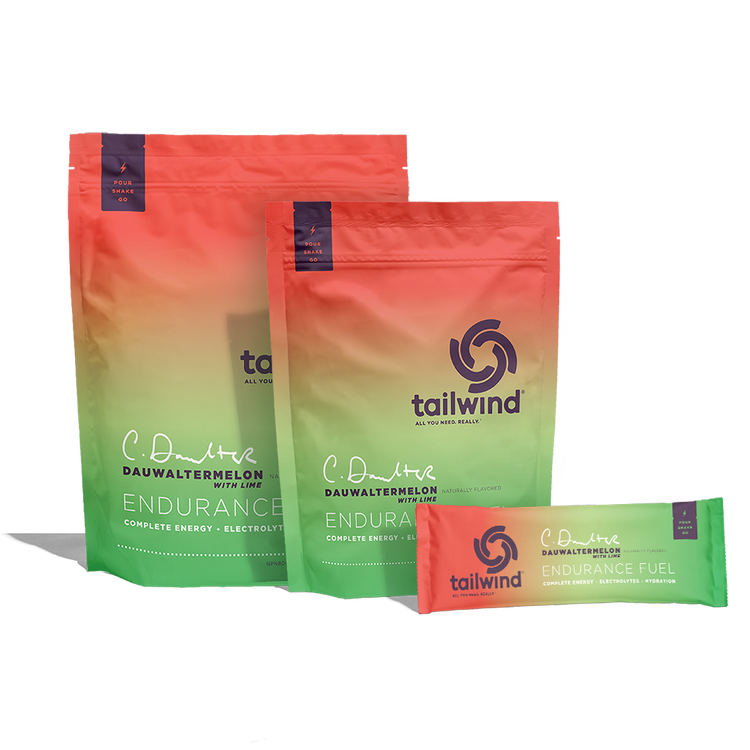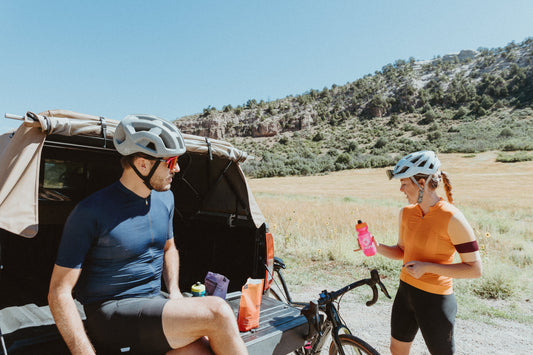Staying Hydrated When It's Cold Outside
0 Comments
Every athlete knows maintaining hydration is critical during the hot months of summer, but it is equally important to stay hydrated during the cold weather of winter. There are several reasons, however, why staying hydrated in winter can get tricky. First, when it’s colder out, we often don’t feel thirsty or hungry – and as recognizing thirst becomes more difficult, the risk of dehydration increases. Air during the winter months is generally much drier than during the summer, and exercising in cold conditions increases water loss via respiration since the body is forced to warm and humidify the cold dry air breathed in. On top that, the constriction of blood vessels in cold weather causes an increase in the fluid circulating the body’s core organs, which the body tries to regulate by increasing urine output. Clothing used to stay warm during winter exercise can also play a role. In winter, athletes tend to wear a moisture-wicking base layer that helps them to feel warm during training. But this can fool them into thinking that they are not sweaty and do not need to re-hydrate. Dehydration can cause muscle cramps, nausea, headaches, dizziness, confusion, weakness, inability to concentrate, and it can definitely affect performance. One way to check hydration levels is with urine color – colorless or pale yellow urine means you are well hydrated. Dark yellow or tea-colored urine means you need to drink. A best practice is to properly hydrate before a training session even begins. It may take 8–12 hours to properly hydrate before a workout. If you hydrate with Tailwind - which contains sodium - or eat a few salty snacks with your water, your body may retain some fluid so it doesn’t go right through you. A general recommendation from the American College of Sports Medicine Position Stand is to drink one ounce per every 10 pounds of body weight about four hours before exercise begins. To understand how much fluid one should consume during training, it is helpful to perform a sweat test. To do this you need to weigh yourself without clothes or shoes before and after a specific workout. The difference is how much fluid you should consume during your workout. If exercising longer than one hour, it is also important to replace electrolytes and carbohydrates. Tailwind has got you covered with both sodium and carbohydrates to keep you fueled hour after hour. The bottom line is – it is crucial to be vigilant about hydration while training in winter since the cold weather can fool you into a state of dehydration. By training with Tailwind, you are mitigating that risk and are keeping yourself fueled and hydrated even in the coldest of weather. Sources: http://www.cyclingweekly.com/news/fuel-properly-for-winter-cycling-32390 http://neoendurancesports.com/winter-training/ https://kylesbikes.com/blog/winter-hydration https://www.trainingpeaks.com/blog/4-hydration-tips-cold-weather-endurance-training/ http://womensrunning.competitor.com/2017/01/race-pace-jess/3-crucial-winter-hydration-tips_70587




